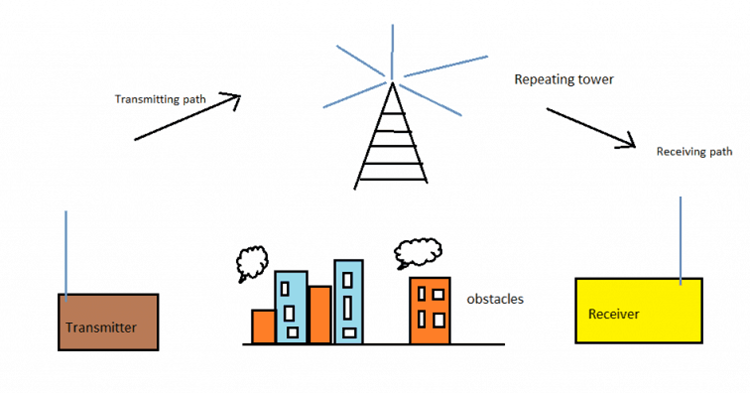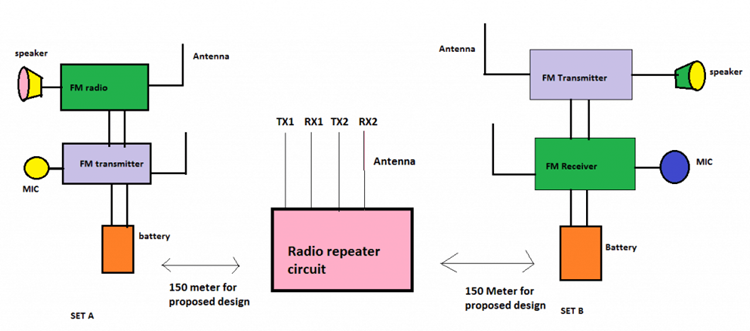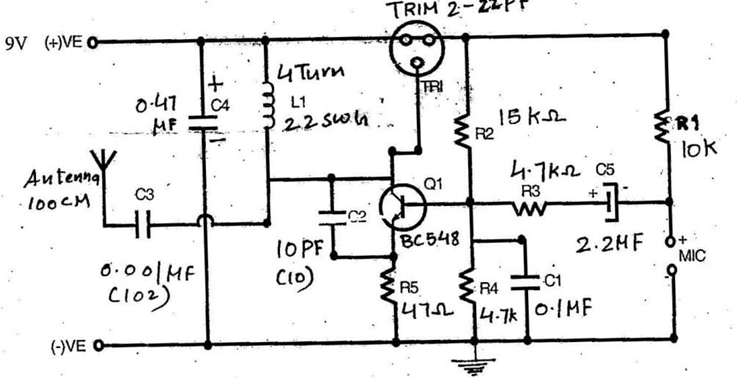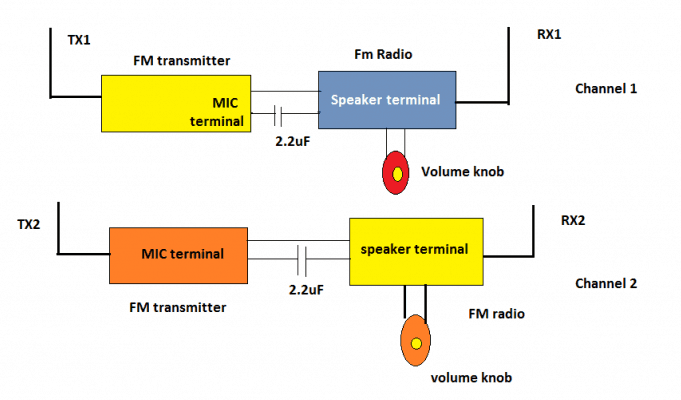Products Category
- FM Transmitter
- 0-50w 50w-1000w 2kw-10kw 10kw+
- TV Transmitter
- 0-50w 50-1kw 2kw-10kw
- FM Antenna
- TV Antenna
- Antenna Accessory
- Cable Connector Power Splitter Dummy Load
- RF Transistor
- Power Supply
- Audio Equipments
- DTV Front End Equipment
- Link System
- STL system Microwave Link system
- FM Radio
- Power Meter
- Other Products
- Special for Coronavirus
Products Tags
Fmuser Sites
- es.fmuser.net
- it.fmuser.net
- fr.fmuser.net
- de.fmuser.net
- af.fmuser.net ->Afrikaans
- sq.fmuser.net ->Albanian
- ar.fmuser.net ->Arabic
- hy.fmuser.net ->Armenian
- az.fmuser.net ->Azerbaijani
- eu.fmuser.net ->Basque
- be.fmuser.net ->Belarusian
- bg.fmuser.net ->Bulgarian
- ca.fmuser.net ->Catalan
- zh-CN.fmuser.net ->Chinese (Simplified)
- zh-TW.fmuser.net ->Chinese (Traditional)
- hr.fmuser.net ->Croatian
- cs.fmuser.net ->Czech
- da.fmuser.net ->Danish
- nl.fmuser.net ->Dutch
- et.fmuser.net ->Estonian
- tl.fmuser.net ->Filipino
- fi.fmuser.net ->Finnish
- fr.fmuser.net ->French
- gl.fmuser.net ->Galician
- ka.fmuser.net ->Georgian
- de.fmuser.net ->German
- el.fmuser.net ->Greek
- ht.fmuser.net ->Haitian Creole
- iw.fmuser.net ->Hebrew
- hi.fmuser.net ->Hindi
- hu.fmuser.net ->Hungarian
- is.fmuser.net ->Icelandic
- id.fmuser.net ->Indonesian
- ga.fmuser.net ->Irish
- it.fmuser.net ->Italian
- ja.fmuser.net ->Japanese
- ko.fmuser.net ->Korean
- lv.fmuser.net ->Latvian
- lt.fmuser.net ->Lithuanian
- mk.fmuser.net ->Macedonian
- ms.fmuser.net ->Malay
- mt.fmuser.net ->Maltese
- no.fmuser.net ->Norwegian
- fa.fmuser.net ->Persian
- pl.fmuser.net ->Polish
- pt.fmuser.net ->Portuguese
- ro.fmuser.net ->Romanian
- ru.fmuser.net ->Russian
- sr.fmuser.net ->Serbian
- sk.fmuser.net ->Slovak
- sl.fmuser.net ->Slovenian
- es.fmuser.net ->Spanish
- sw.fmuser.net ->Swahili
- sv.fmuser.net ->Swedish
- th.fmuser.net ->Thai
- tr.fmuser.net ->Turkish
- uk.fmuser.net ->Ukrainian
- ur.fmuser.net ->Urdu
- vi.fmuser.net ->Vietnamese
- cy.fmuser.net ->Welsh
- yi.fmuser.net ->Yiddish
Make this Radio Repeater Circuit at Home
The post discusses a simple radio repeater circuit which can be built by any new hobbyist or a radio amateur for communicating over long distances using ordinary transmitters and radio receivers.
In this article we are going to see what radio repeater is, how it works and how to build one in a hobby lab. In the end you would be able to build a micro repeater station for the proposed full duplex communicator design in this article. This may be used for short distance communication when you are on a camp or use as an intercom or some similar applications.
What is a Radio Repeater
A radio repeater repeats the transmitted signal to wider range, even over several 100 KM, which ensures that the receiving party will receive a clear signal. In other words a repeater extends the range of the signal being transmitted. The repeater station is place on top of hills, so that it can receive maximum signal from a node and re-transmit to single or multiple nodes with less distorted signal. The repeater must be within the range of the transmitting node, only then the repeater may be able to re-broadcast the signal to multiple nodes.

The full duplex communicator design:
A full duplex communication is a two way communication, in which both the parties are able to communicate simultaneously. To keep the design as simple as possible we use a standard FM radio as the receiver and a simple FM transmitter.
We need two FM radios and two transmitters to establish full duplex communication. In between two communication sets the repeater will be placed to extend the signal.
A good example for full duplex communication is telecommunication and the proposed design works similarly. The SET ‘A’s FM receiver is tuned to SET ‘B’s transmitter and SET ‘B’s FM receiver is tuned to SET ‘A’s transmitter. Thus we can achieve simultaneous communication between them.

FM transmitter Schematic for the proposed radio repeater circuit:

The Repeater Design:
The given radio repeater circuit is a two channel design. A channel consists of one transmitting and one receiving frequency; here we have two such sets.
When the repeater comes in between the transmission and reception, the whole system gets slightly complicated. Let’s assume some factors and simulate the situation:
• Let, SET ‘A’s transmission frequency be 90MHz. Then the receiving frequency at repeater must be 90MHz (RX1). Let the repeating frequency at TX1 be 92MHz. Then the receiving frequency at SET ‘B’ must be 92MHz. similarly for another channel.
• All the frequencies used in repeater must not be used more than once. For example: 90MHz at TX1 and this frequency should not be used anywhere in the repeater circuit.
• The transmission frequency, repeating frequency and receiving frequency must be well determined before communication just to avoid confusion.

If you would like to build a FM radio/TV station or buy any FM/TV broadcasting equipment, please feel free to contact us: [email protected]





